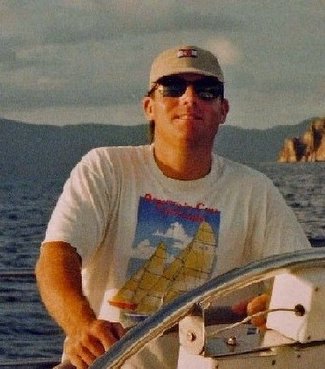The Panic Threshold
If you didn't catch this the New York Times ran a story last week about the psychological aspects of solo sailing...with the angle that studying solo sailors can help find out how the human mind copes with life-threatening situations. The article opens with a vignette from Velux 5 Oceans solo sailor Bernard Stamm - who we learn is enduring 40-knot squalls with two hours of sleep to his name. The study is being run by psychologists for NASA, who say that the findings could benefit their astronaut-training program.
“A huge amount can be gleaned from these guys,” said Dr. Albert A. Harrison, an behavioral health adviser to NASA. “They are isolated, and under a tremendous amount of stress.”
All of this is very interesting but I really appreciated the following insight.
The lead sports psychologist at the University of Portsmouth, Dr. Neil Weston, said in a phone interview yesterday that the five sailors had a few common threads. “They all have a base mind-set that helps them react appropriately to disastrous situations,” Weston said. “Their panic threshold is higher than the average person.”
Anyone who has been in bad weather offshore...or even caught in a tough spot during a day sail...can relate to the idea of a "panic threshold." If you're going to be safe and in some cases, alive, you have to be certain that yours is high. I'd venture to say that the majority of sailing disasters are the result of panic (and sleeplessness). Makes sense that solo sailors have this in common.



No comments:
Post a Comment